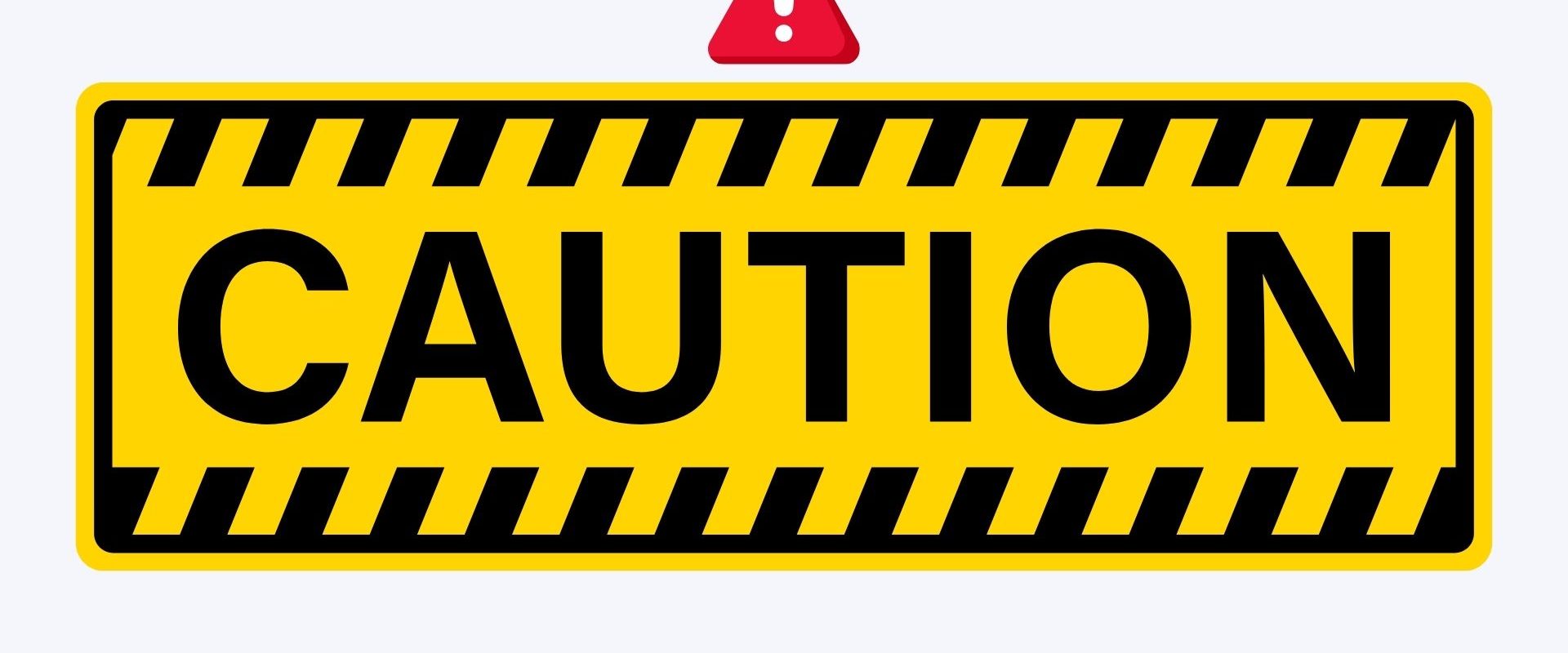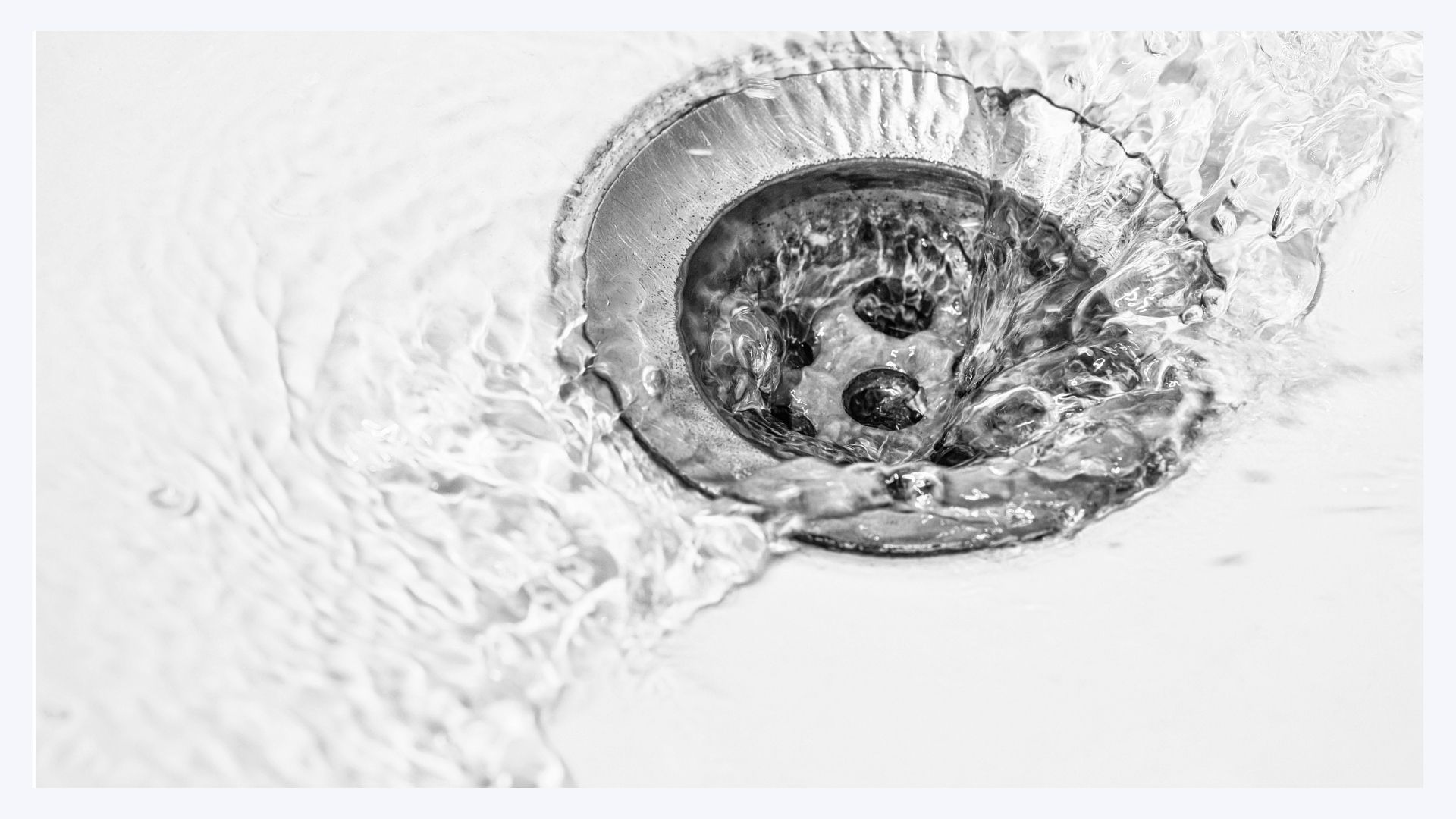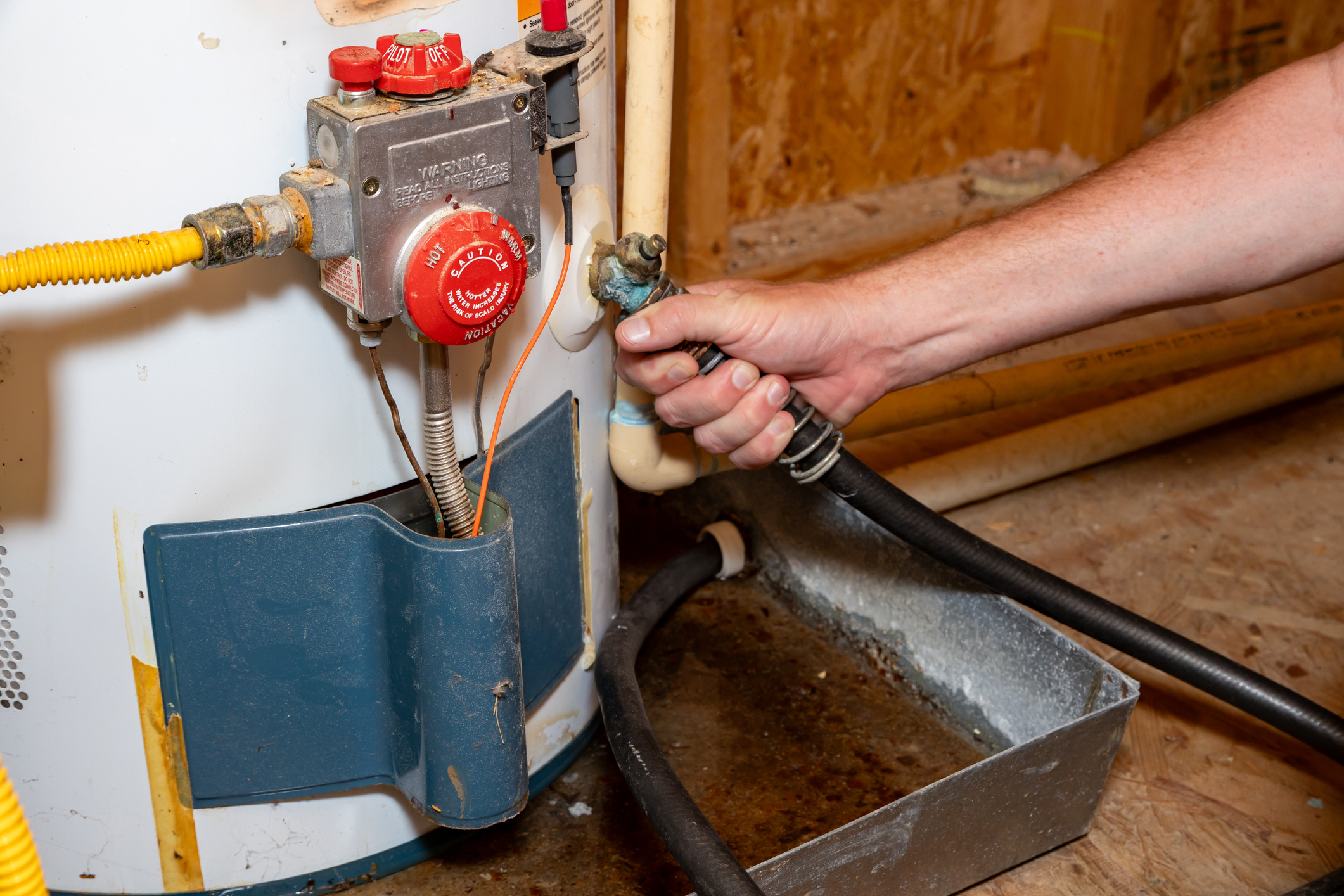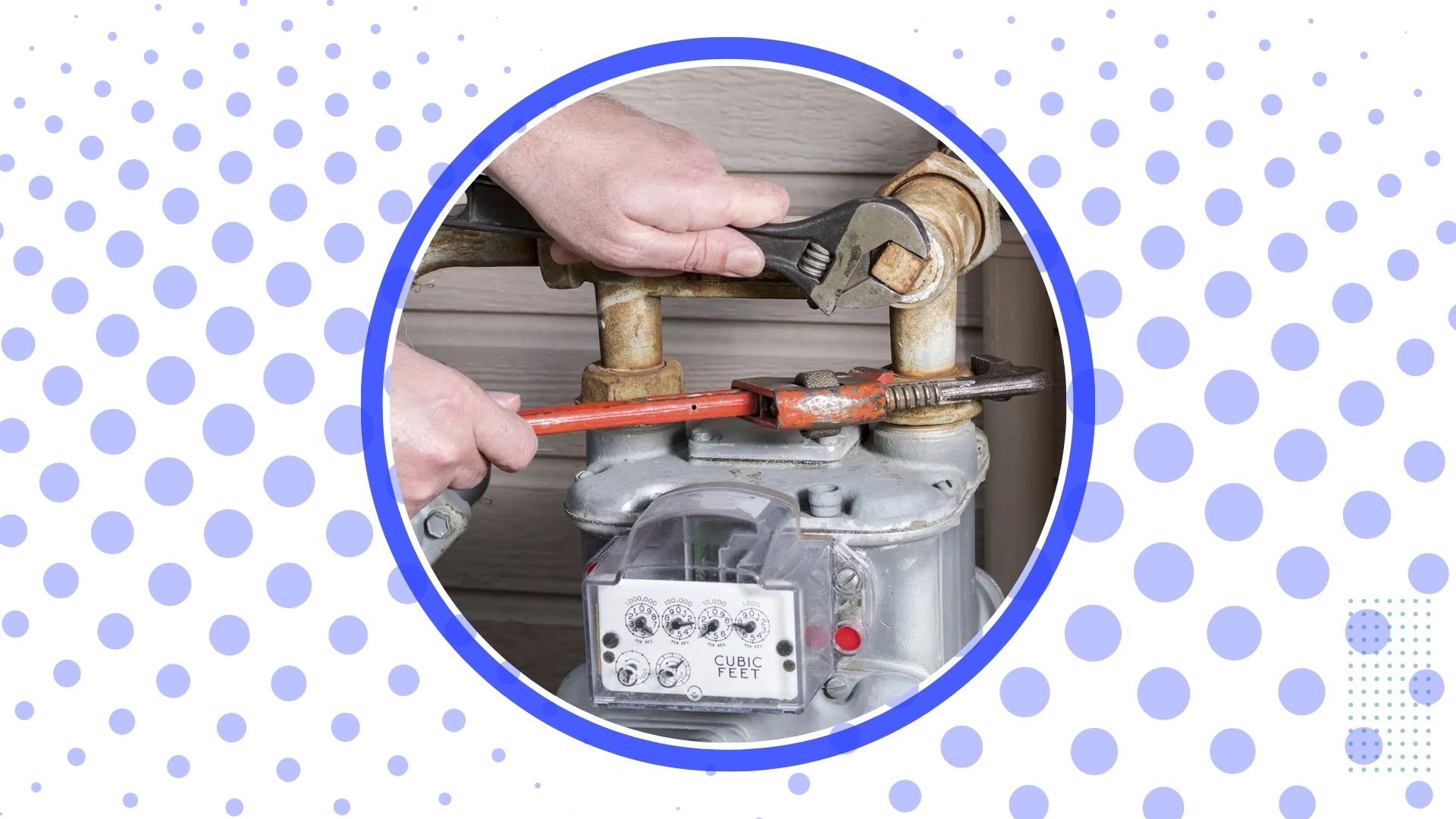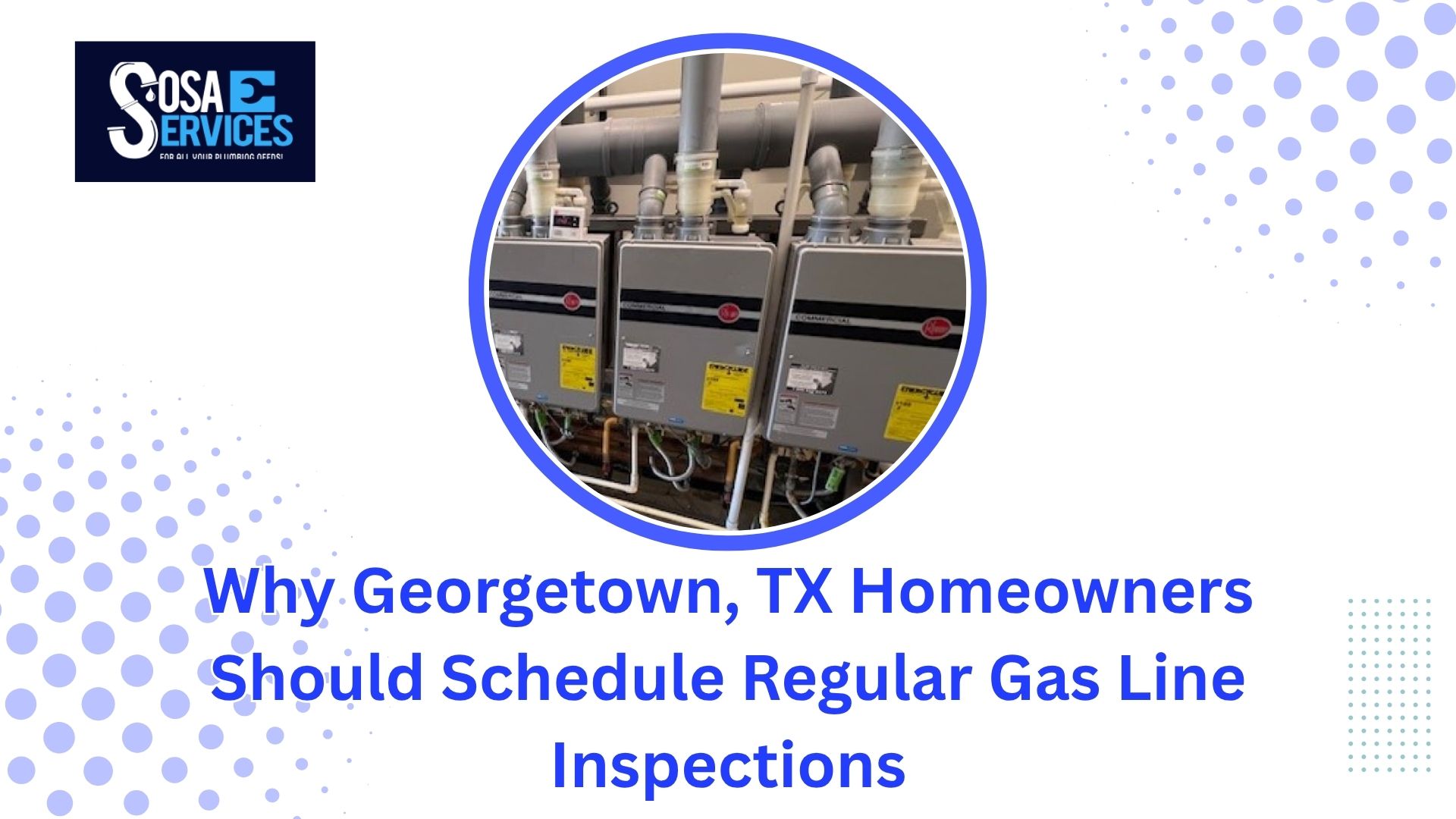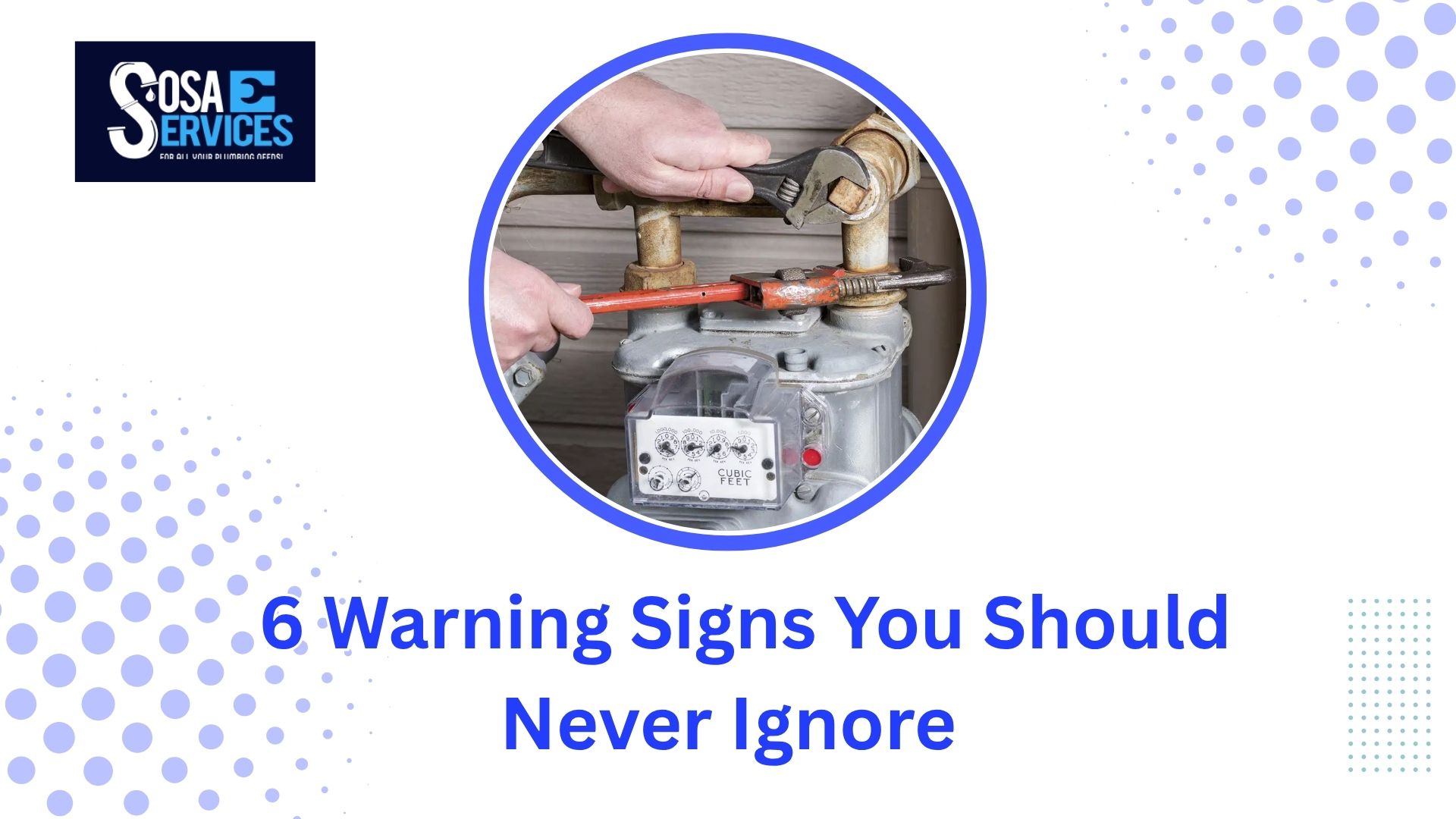Introduction
Your home’s sewer line might not be the first thing on your mind—until it starts causing problems. But a failing sewer line can lead to costly repairs, unpleasant odors, and even health hazards. In Texas, where soil conditions and aging infrastructure can put extra stress on pipes, understanding the health of your sewer line is critical.
Ignoring early signs of sewer line failure can result in sewage backups, yard damage, and expensive foundation issues. Being proactive about sewer line maintenance helps protect your property and your family’s well-being.
In this article, we’ll walk you through the most common warning signs of a failing sewer line, what causes these problems, and how to address them before they become emergencies.
Common Warning Signs of a Failing Sewer Line

Spotting the early warning signs of a failing sewer line can save Texas homeowners thousands of dollars in repairs. Keep an eye out for these red flags:
- Slow Drains Throughout Your Home: If multiple sinks, tubs, or toilets are draining slowly, it could indicate a main sewer line blockage or damage.
- Frequent Clogs or Backups: Recurring plumbing backups, especially in different areas of your home, suggest a sewer line issue rather than isolated drain problems.
- Foul Odors Near Drains or in the Yard: A persistent sewage smell inside your home or around your yard may mean sewer gases are escaping from broken or cracked pipes.
- Wet Spots or Sinkholes in Your Yard: Unexplained damp areas, soggy patches, or even small sinkholes near your sewer line path could signal leaks underground.
- Gurgling Sounds from Toilets or Drains: Strange noises during flushing or draining often indicate air trapped in damaged or clogged sewer pipes.
- Foundation Cracks or Lawn Damage: Shifting soil caused by leaking sewage can lead to foundation cracks or damaged landscaping.
If you notice any of these symptoms, it’s time to act quickly. Ignoring these signs increases the risk of serious damage and costly repairs.
Causes of Sewer Line Failure
Understanding what causes sewer lines to fail can help you take preventative measures. Here are the most common reasons for sewer line problems in Texas homes:
- Tree Root Intrusion: Tree roots naturally seek out moisture and can infiltrate small cracks or joints in your sewer pipes. Over time, roots grow inside the pipes, causing blockages and structural damage.
- Pipe Corrosion or Collapse: Older sewer lines made of clay, cast iron, or galvanized steel are prone to corrosion or deterioration. This weakens the pipes, sometimes leading to collapse or leaks.
- Shifting Soil and Ground Movement: Texas’s soil composition, especially expansive clay soils, can shift significantly with changes in moisture levels. This movement can cause pipes to crack, separate, or sag.
- Age and Wear: Sewer pipes generally have a lifespan of 50 to 100 years, depending on material. Over time, natural wear and tear increase the risk of failure.
Risks of Ignoring Sewer Line Problems
Ignoring warning signs of a failing sewer line can lead to serious consequences—both for your home and your health. Here’s what’s at stake if you delay repairs:
- Health Hazards: Damaged sewer lines can leak raw sewage into your yard or basement, exposing you and your family to harmful bacteria, viruses, and unpleasant odors.
- Structural Damage: Sewage leaks can cause soil erosion and foundation settling, leading to cracks in your home’s foundation and costly structural repairs.
- Environmental Contamination: Leaking sewage contaminates soil and groundwater, posing risks to local ecosystems and your community.
- Escalating Repair Costs: Minor issues grow into major problems when left untreated. What could have been a simple repair may turn into a full sewer line replacement, costing thousands more.
- Property Value Impact: Homes with sewer line damage often lose market value and can be difficult to sell without repairs.
How to Diagnose Sewer Line Issues: Professional Tools and Techniques
Detecting sewer line problems early requires more than just noticing surface symptoms. Professional plumbers use advanced tools and techniques to accurately diagnose issues and plan effective repairs.
- Sewer Camera Inspections: A small, waterproof camera is fed into your sewer pipes, providing live video footage of the pipe’s interior. This allows plumbers to pinpoint cracks, blockages, root intrusion, or collapsed sections without digging.
- Locating the Problem: Combined with electronic locating equipment, the camera helps identify the exact location and severity of the issue, saving time and minimizing disruption to your yard.
- Pressure Testing: Some professionals use water or air pressure tests to check for leaks and weak spots in the pipe system.
- When to Call a Professional: If you notice recurring clogs, foul odors, or wet spots in your yard, it’s wise to schedule a professional sewer inspection before small problems escalate.
By relying on these diagnostic methods, plumbers can recommend the most effective and least invasive repair options for your home.
Repair and Replacement Options for Failing Sewer Lines
When it comes to fixing a failing sewer line, several options are available depending on the severity and location of the damage. Here’s a breakdown of the most common methods:
- Spot Repairs:
- Ideal for localized damage, this involves digging up and repairing only the damaged section of the pipe. It’s typically quicker and less expensive but may not address underlying issues like root intrusion elsewhere.
- Pipe Lining (Trenchless Repair):
- A minimally invasive technique where a flexible liner coated with resin is inserted into the damaged pipe. The liner hardens, creating a new pipe inside the old one without extensive digging. It’s durable and cost-effective, ideal for cracks and minor leaks.
- Trenchless Sewer Replacement:
- For severely damaged pipes, trenchless replacement removes the old pipe and inserts a new one using specialized equipment without a large trench. This method minimizes yard disruption and is faster than traditional digging.
- Full Sewer Line Replacement:
- In cases of extensive damage or collapsed pipes, the entire sewer line may need replacement. This involves excavation along the pipe’s length and is the most costly and disruptive option but ensures a fresh start.
Choosing the right repair method depends on the inspection results, your budget, and the pipe condition. A trusted professional plumber will guide you through the best choice for your Texas home.
Preventative Tips to Protect Your Sewer Line
Prevention is the best way to avoid costly sewer line failures. Here are some simple yet effective tips every Texas homeowner should follow:
- Avoid Flushing Inappropriate Items: Never flush diapers, wipes, grease, or other non-degradable materials down your drains—they’re common causes of blockages.
- Manage Tree Roots: Be mindful of trees planted near sewer lines. Regular root inspections and professional root removal can prevent roots from invading your pipes.
- Schedule Regular Maintenance: Routine sewer inspections, including camera inspections, help detect problems early before they escalate.
- Use Drain Screens: Install screens or strainers in sinks and tubs to catch hair, food particles, and debris that could cause clogs.
- Be Careful with Chemicals: Avoid excessive use of harsh chemical drain cleaners, which can damage your pipes over time.
Conclusion
A failing sewer line is more than just an inconvenience—it’s a serious risk to your home’s structure, your health, and your wallet. By recognizing the warning signs early and taking action with professional diagnosis and repairs, Texas homeowners can avoid costly damage and enjoy peace of mind.
If you’ve noticed slow drains, foul odors, or soggy spots in your yard, don’t wait. Schedule a sewer camera inspection to pinpoint the problem before it worsens.
Want to learn more about protecting your plumbing system? Check out these helpful resources:
- Inside Your Pipes: How Camera Inspections Prevent Costly Sewer Surprises
- What’s Really Clogging Your Drains? Top Causes and Fixes for Texas Homes
Stay proactive and keep your home’s plumbing flowing smoothly by partnering with trusted professionals.
